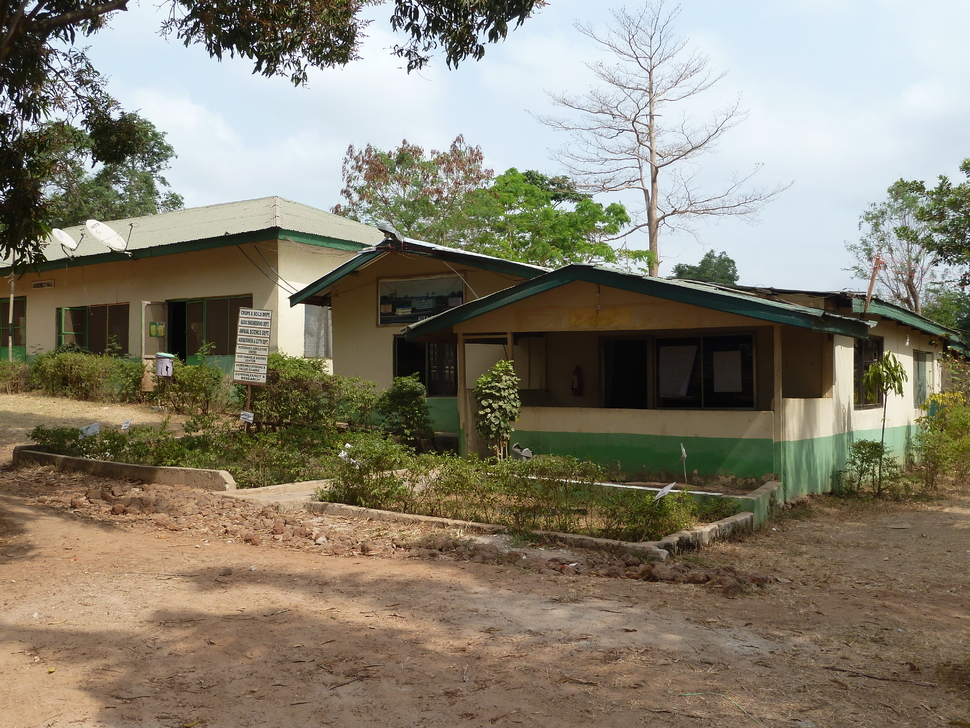Research Phase
Already in the first week the project structure changed drastically as we could not visit
the kenkey makers and started the prototyping phase two weeks earlier than planned.
We have spoken to kenkey makers and asked them about their needs and demands, so
we could deliver this investigation. All the Ghanaian people are very familiar with kenkey
and the cooking process, so for them it was much more clear what the needs and
demands would be. This change of plans also meant that we could not deliver a process
characterization of kenkey making, but we did see kenkey makers and the Ghanaian
students could answer all the questions we had about kenkey making. We could also
use last year’s characterization, so this was not a major issue. We tried to find out the
size of the target group, but no one could give us a clear answer. This is why we decided
in the Business Model Canvas that it is better for KITA if they would produce cookstoves
on request. This way they do not necessarily have to know the exact size of the target
group.
Prototyping phase
In the Netherlands the design research was focused on clay cookstoves, but already in
the first week we switched to metal stoves, so we had to do a lot of research to make
a proper design. The research phase and prototyping phase were now overlapping, but
that did not have any negative effects on the progress of the project. It was actually
better to start the prototyping phase earlier, as all activities in this phase took much
more time than expected. We did test last year’s cookstove in advance, because testing
took also more time than expected. It was more efficient if we would do all the tests
in the same week. In week 6 we had constructed and tested both prototypes and last
year’s cookstove and reached our milestone.
Sales Phase
In the last three weeks we completed the Business Model Canvas as planned and made
a final building manual for the second prototype. Because the women at KITA already
started using the cookstove, we did not visit the Kenkey makers to evaluate the cookstove.
The women at KITA could tell us all the information we needed for the business
model and assured us that the cookstove was suitable for making kenkey.
They would even buy it for a profitable price, so we decided that the cookstove was good enough to make a business model for. We delivered a design, a building manual and two prototypes and reached our milestones.
Conclusion
When we look back at our milestones and project goals we can say that we reached
all the relevant milestones and we contributed to the improvement of life standards of
kenkey makers, if KITA will start the business and sell the cookstove. If KITA is actually
going to give workshops, so that more awareness will be created. The achievement of
the goals depends on the motivation of KITA and if they will actually execute the business
model. Otherwise it would be better to look for an NGO to take over and then the
main goals can still be achieved. If we had known from the beginning that this project
could benefit from a collaboration with an NGO, then there would have been more
chance that we could find one, convince them of our design and start a collaboration
with them.
